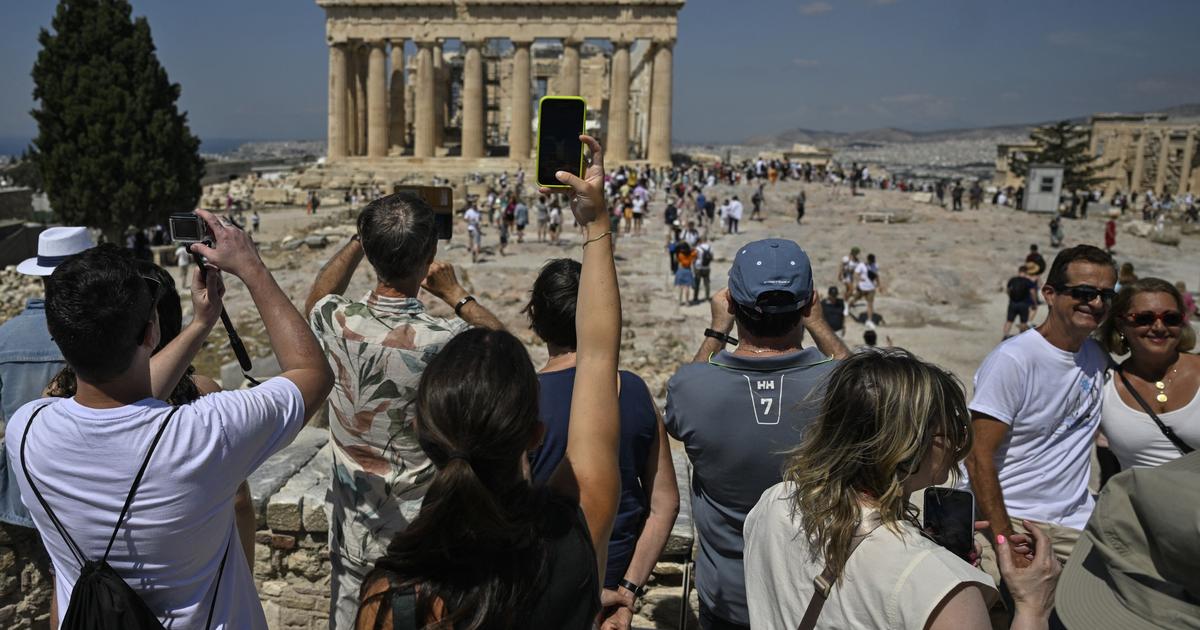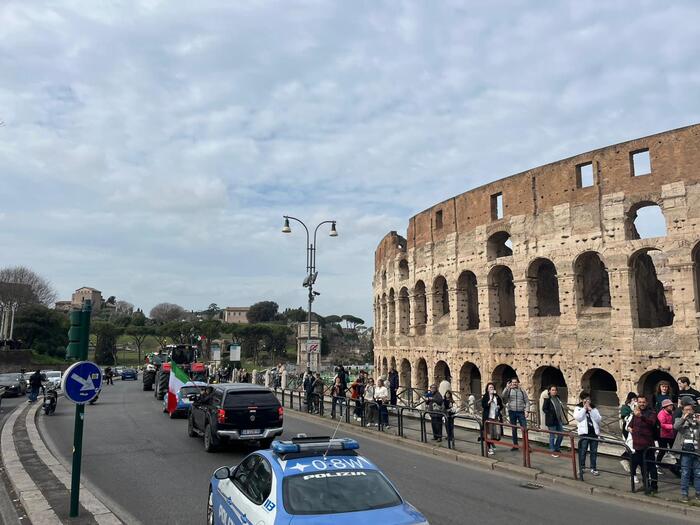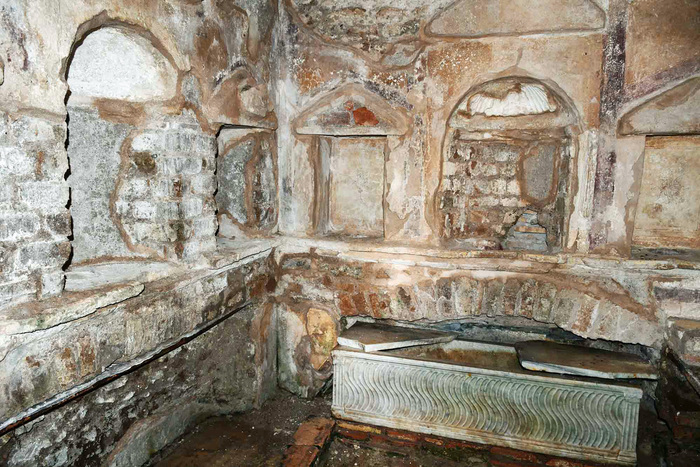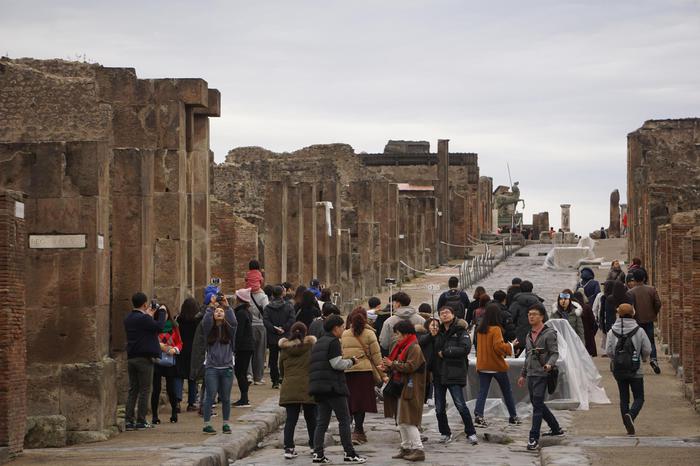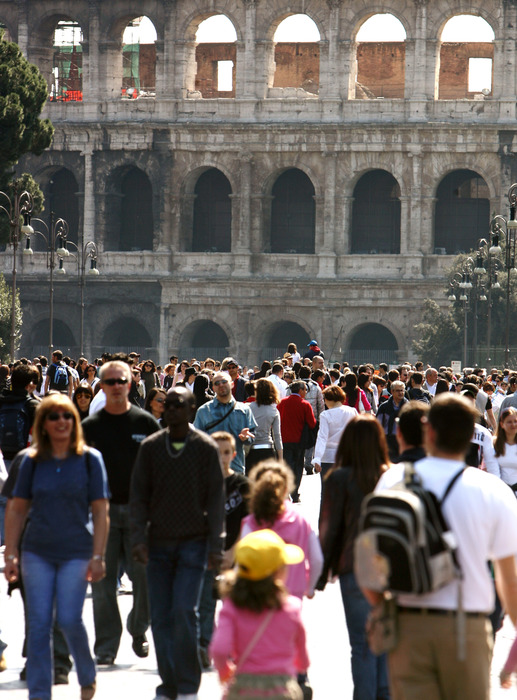Tartous-Sana
The Minister of Culture, Dr. Lubana Mushawah, was briefed today on the Amrit site by those concerned with the Tartous Department of Antiquities, the archaeological reality of the city, the start of excavations in the sixth segment, and the latest archaeological discoveries in this area.
Minister Mushawah paused on proposals for overcoming difficulties and completing the work required to optimally invest in the historic archaeological city, which is distinguished by its global character.
In a press statement, Moushouh stressed the archaeological and historical importance of the Amrit site, its cultural and economic value, and the need to invest it properly, noting that those in charge of Tartous antiquities and the General Directorate of Antiquities and Museums put Amrit site at the forefront of their priorities.
The Minister of Culture explained that Amrit, with its six segments, is a land owned by the Ministry of Tourism, but belongs to the Ministry of Culture in terms of archaeological matters, and it seeks to rehabilitate it to be one of the levers of the national economy, indicating that this tour aims to examine the progress of excavations in the sixth segment and to see the reality of the Amrit temple and what should be done. Monuments and museums are doing business at a higher pace.
It is noteworthy that the historical city of Amrit is located 7 km south of Tartus and its ruins extend over an area of 6 km². Archaeological excavations indicated that it was founded in the Amorite era. The historians of the era of Alexander the Macedonian mentioned it as Maratus, describing it as a prosperous city and one of the largest cities in the East.
Among the archaeological monuments in Amrit is the temple dating back to the 6th century BC, which was dedicated to Melkart, the god who heals diseases, and his statue was placed in the mihrab. As for the ancient Amrit stadium, which historians consider one of the oldest historical sports stadiums in the world, a section of 230 meters long remains.
Fatima Hussain


